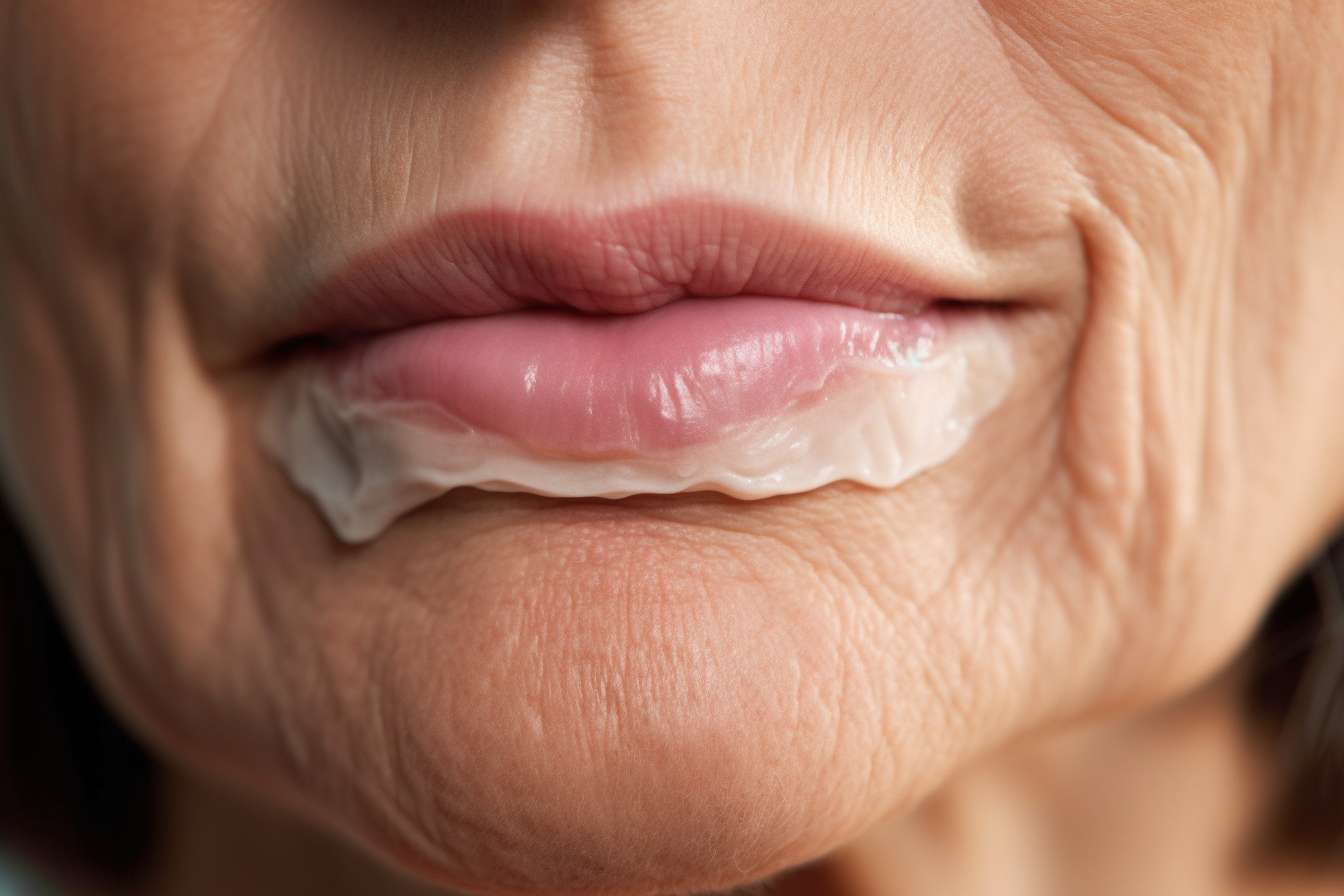Understanding Dark Spots and Their Removal: Effective Treatments and Solutions
Dark spots on the skin, also known as hyperpigmentation, are a common concern for many individuals. These discolored patches can appear due to various factors, including sun exposure, hormonal changes, and skin injuries. This article explores the causes of dark spots and discusses effective treatments and solutions for their removal.

-
Hormonal changes: Pregnancy, birth control pills, or hormonal imbalances can cause melasma, a type of hyperpigmentation.
-
Skin injuries: Acne scars, burns, or cuts can lead to post-inflammatory hyperpigmentation.
-
Aging: As we age, the skin becomes more susceptible to developing dark spots.
-
Certain medications: Some drugs can increase skin sensitivity to sunlight, making dark spots more likely to form.
How can skincare routines help in dark spot removal?
A consistent skincare routine can play a crucial role in addressing dark spots and improving overall skin appearance:
-
Sunscreen: Daily use of broad-spectrum sunscreen with at least SPF 30 is essential to prevent further darkening of existing spots and the formation of new ones.
-
Exfoliation: Regular exfoliation helps remove dead skin cells, promoting cell turnover and gradually fading dark spots.
-
Vitamin C serums: These potent antioxidants can help brighten the skin and reduce the appearance of hyperpigmentation.
-
Retinoids: Topical retinoids can accelerate cell turnover and inhibit melanin production, helping to fade dark spots over time.
-
Hydration: Keeping the skin well-moisturized supports overall skin health and can enhance the effectiveness of other treatments.
What professional treatments are available for dark spot removal?
For more stubborn or extensive dark spots, professional treatments may offer faster and more dramatic results:
-
Chemical peels: These treatments use a solution to remove the top layer of skin, promoting cell turnover and reducing pigmentation.
-
Microdermabrasion: This procedure physically exfoliates the skin, helping to fade dark spots and improve overall skin texture.
-
Laser therapy: Various types of lasers can target pigmented areas, breaking down melanin and promoting more even skin tone.
-
Intense Pulsed Light (IPL): This treatment uses light energy to target and break down pigment in dark spots.
-
Cryotherapy: Liquid nitrogen is used to freeze and destroy the pigmented cells, causing the dark spot to fade.
Are there natural remedies for treating hyperpigmentation?
While results may vary, some natural remedies have shown promise in addressing hyperpigmentation:
-
Aloe vera: Its natural healing properties may help reduce inflammation and promote skin renewal.
-
Licorice extract: Contains compounds that may inhibit melanin production and lighten dark spots.
-
Green tea: Rich in antioxidants, it may help protect the skin from UV damage and reduce pigmentation.
-
Lemon juice: The citric acid in lemon juice may have a mild bleaching effect on dark spots.
-
Kojic acid: Derived from certain fungi, it may help inhibit melanin production.
It’s important to note that natural remedies should be used with caution, as some can cause skin irritation or sensitivity, especially when exposed to sunlight.
How long does dark spot treatment typically take?
The timeline for dark spot removal can vary significantly depending on several factors:
-
Severity of hyperpigmentation: Deeper, more extensive dark spots may take longer to fade.
-
Treatment method: Professional treatments like chemical peels or laser therapy may show faster results compared to topical treatments.
-
Skin type: Some skin types may be more responsive to certain treatments than others.
-
Consistency: Regular and consistent application of treatments is crucial for optimal results.
-
Sun exposure: Continued sun exposure can slow down or reverse the effects of dark spot treatments.
On average, it may take several weeks to months of consistent treatment to see noticeable improvements in dark spots. Professional treatments may show results more quickly, but multiple sessions are often required for optimal outcomes.
What are the costs associated with dark spot removal treatments?
The cost of dark spot removal treatments can vary widely depending on the method chosen and the extent of the treatment needed. Here’s a general overview of potential costs:
| Treatment | Provider Type | Cost Estimation |
|---|---|---|
| Over-the-counter creams | Drugstores, beauty retailers | $10 - $50 per product |
| Prescription creams | Dermatologists | $50 - $200 per prescription |
| Chemical peels | Dermatologists, med spas | $100 - $300 per session |
| Microdermabrasion | Med spas, dermatologists | $75 - $200 per session |
| Laser therapy | Dermatologists, specialized clinics | $200 - $500 per session |
| IPL treatment | Med spas, dermatologists | $300 - $600 per session |
Prices, rates, or cost estimates mentioned in this article are based on the latest available information but may change over time. Independent research is advised before making financial decisions.
In conclusion, dark spot removal is a process that requires patience and consistency. While there are various treatment options available, ranging from over-the-counter products to professional procedures, the most effective approach often involves a combination of sun protection, targeted skincare, and professional treatments when necessary. Consulting with a dermatologist can help determine the best course of action for individual skin concerns and ensure safe and effective treatment of dark spots.






